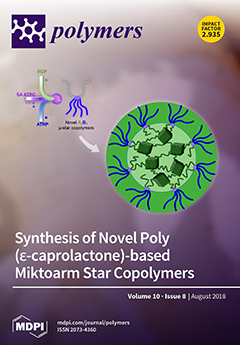1
State Key Laboratory of Pulp and Paper Engineering, South China University of Technology, Guangzhou 510630, China
2
DOE Great Lakes Bioenergy Research Center, Wisconsin Energy Institute, University of Wisconsin, Madison, WI 53706, USA
3
Department of Biological System Engineering, University of Wisconsin, Madison, WI 53706, USA
4
Department of Biochemistry, University of Wisconsin, Madison, WI 53706, USA
5
Instituto de Recursos Naturales y Agrobiologia de Sevilla (IRNAS), CSIC, 003495 Seville, Spain
6
Department of Plant Systems Biology, VIB, 9052 Ghent, Belgium
7
Department of Plant Biotechnology and Bioinformatics, Ghent University, 9052 Ghent, Belgium
Abstract
Tricin [5,7-dihydroxy-2-(4-hydroxy-3,5-dimethoxyphenyl)-4H-chromen-4-one] is a flavone that has been found to be incorporated in grass lignin polymers via 4′–O–β coupling. Herein, we investigated the tricin-lignin structure using nuclear magnetic resonance (NMR) methods by comparing the 1H–13C heteronuclear correlation (HSQC) NMR spectra of the isolated
[...] Read more.
Tricin [5,7-dihydroxy-2-(4-hydroxy-3,5-dimethoxyphenyl)-4H-chromen-4-one] is a flavone that has been found to be incorporated in grass lignin polymers via 4′–O–β coupling. Herein, we investigated the tricin-lignin structure using nuclear magnetic resonance (NMR) methods by comparing the 1H–13C heteronuclear correlation (HSQC) NMR spectra of the isolated lignin with a series of dimeric and trimeric tricin-4′–O–β-ether model compounds. Results showed that the tricin moiety significantly affects the chemical shift of the Cβ/Hβ of 4′–O–β unit, producing peaks at around δC/δH 82.5–83.5/4.15–4.45, that differ from the Cβ/Hβ correlations from normal 4–O–β units formed solely by monolignols, and that have to date been unassigned.
Full article






